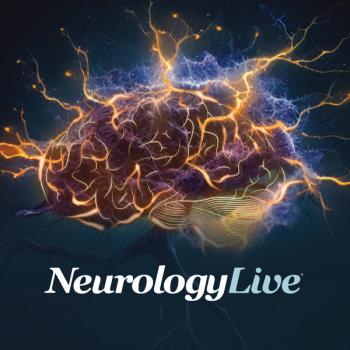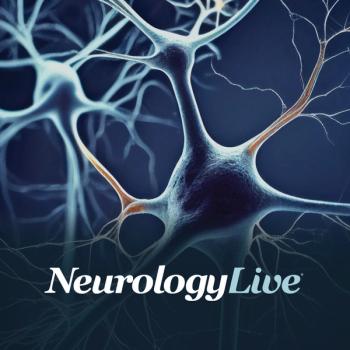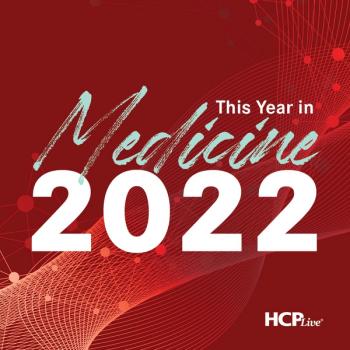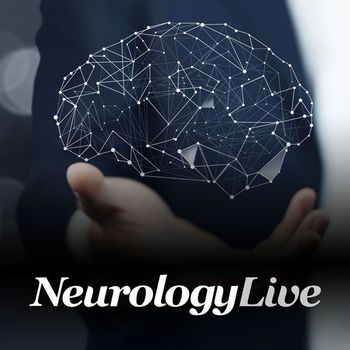
After 2 months of treatment, findings showed more improvement in anxiety and mental status with acupuncture in patients with Parkinson Disease than those on sham acupuncture.

Isabella Ciccone, Associate Editor, NeurologyLive®, has been with the team since September 2022. Follow her on Twitter @iciccone7 or email her at [email protected]

After 2 months of treatment, findings showed more improvement in anxiety and mental status with acupuncture in patients with Parkinson Disease than those on sham acupuncture.

UCB’s rozanolixizumab received priority review on its biologic license application by FDA and expects feedback during the second quarter of 2023.

Anand Patel, MD, CPI, chief medical officer at Conquest Research, spoke about the findings from the phase 2 RELIEF-DPN-1 trial assessing LX9211 in sleep health.

A rare case report illustrated an 80-year-old man with aquaporin-4 antibody-positive NMOSD following a second dose of the Pfizer-BioNTech COVID-19 mRNA BNT162b2 vaccine.

A recent congressional investigation report on Biogen’s aducanumab and the FDA’s approval process recommended Biogen to fulfill their responsibility for individuals who rely on their treatments.

Results from a prospective study demonstrated a higher visual field defect in patients with neuromyelitis optica spectrum disorder-optic neuritis compared with those who had idiopathic optic neuritis.

The past year has provided great steps forward in sleep science, and coupled with the lingering difficulties in care and the COVID-19 pandemic’s effects, the field is coming to a head to make sleep health a public health priority.

A review of randomized controlled trials on balance interventions highlighted the effects for improved mobility and balance in multiple sclerosis.

An updated literature review provided data to assist with the revisioning of quality measures in in clinical practice for adults with obstructive sleep apnea.

A recent review from the National MS Society revealed eight themes based on previous clinical trials focused on exercise and physical activity in MS.

Findings from a recent randomized study demonstrated effective sleep maintenance of insomnia, as shown by increased sleep time and reduced awakenings, with low concentration of carbon dixoide.

A recent review suggests that children might be affected by specific types of insomnia and that their treatment should be more suitable to their classified insomnia phenotype.

A recent phase 2 study showed a significant decline in wakefulness after sleep onset across both doses of sunobinop for individuals with insomnia recovery from alcohol use disorder.

In a recent time-to-event analysis based on two clinical trials of patients with Dravet syndrome results demonstrated an overall reduction in seizure burden with fenfluramine.

A qualitative study presented at the 2022 AES annual meeting showed that effective communication between clinicians and caregivers of patients with dravet syndrome improves care.

Recent findings presented in a poster at the 2022 AES revealed that higher mortality and shorter lifespans were associated with patients with dementia who have active seizures.

A retrospective observation study presented as a poster at the 2022 AES annual meeting revealed that youth with focal epilepsy were more at risk for suicidal ideation when there is a delay in receiving a diagnosis.

Zachary Grinspan, MD, MS, a pediatric epilepsy specialist at Weill Cornell Medicine, in New York City, spoke about the analysis of large amounts of data on pediatric epilepsy at the 2022 American Epilepsy Society Annual Meeting.

Results from a longitudinal study suggest that higher proportions of subjective memory decline are associated with insomnia disorder in middle-aged and older adults.

An ongoing phase 1b/2a clinical trial showed that both the ACI-35.030 and JACI-35.054 vaccines are safe as a treatment for patients in the earlier stages of Alzheimer disease, the authors suggested ACI-35.030 suggested as the superior vaccine candidate.

Michelle Chen, PhD, neuropsychologist at Rutgers University, spoke about her current research grant on the longitudinal impact of health and lifestyle behaviors on cognition with MS.

A recent cross-sectional analysis showed an increase in coded diagnoses of insomnia during pregnancy in the United States over time.

In a bidirectional Mendelian randomization analysis, findings revealed an association with obstructive sleep apnea and severe COVID-19 that were suggestive of a causal relationship.

A sleep study on adolescents and their insomnia symptoms showed that those with a shorter sleep duration experienced deficient executive functions in daily life.

Darina Petrovsky, PhD, RN, assistant professor, Rutgers University, spoke about her current study focused on developing a music-based application for people with dementia and their caregivers who have trouble sleeping.

A meta-analysis suggests that 100mg/w rituximab for 3 consecutive weeks may be the appropriate dosage for patients of NMOSD, demonstrated by a low risk of adverse events.

The ongoing phase 1/2a MONARCH study continued to display a well-tolerated safety profile for single and multiple doses of STK-001 in children and adolescents with Dravet Syndrome.

A narrative review highlights the lack of methodological elements of hypnosis therapy research ranging from case studies to randomized trials.

Jennifer Roggenbuck, MS, LGC, an associate professor of neurology and internal medicine at The Ohio State University Wexner Medical Center, discussed her presentation on evidence-based consensus guidelines for genetic testing and counseling from the 2022 NEALS Consortium.

James Wymer, MD, FAAN, discussed his presentation at the 2022 Annual NEALS meeting on improving speech and swallowing using Neudexta for patients with ALS.